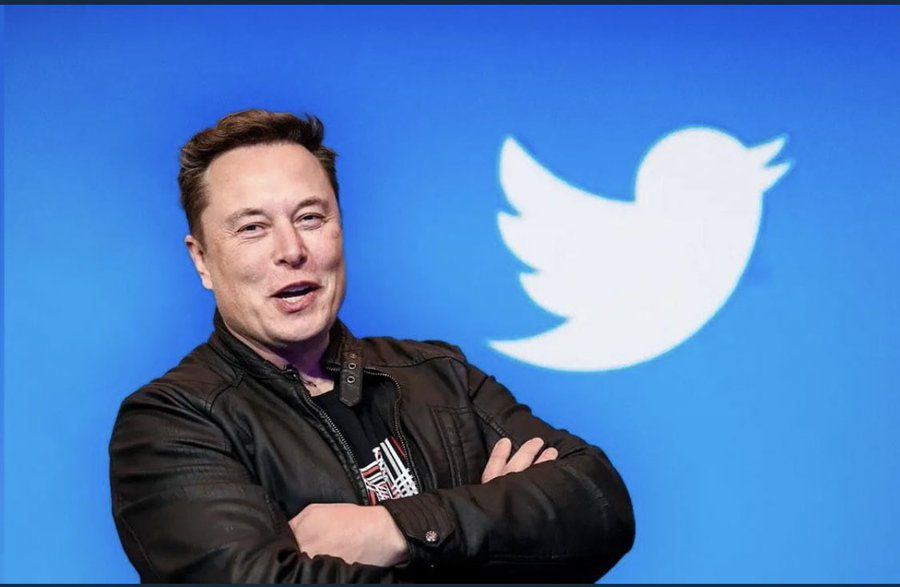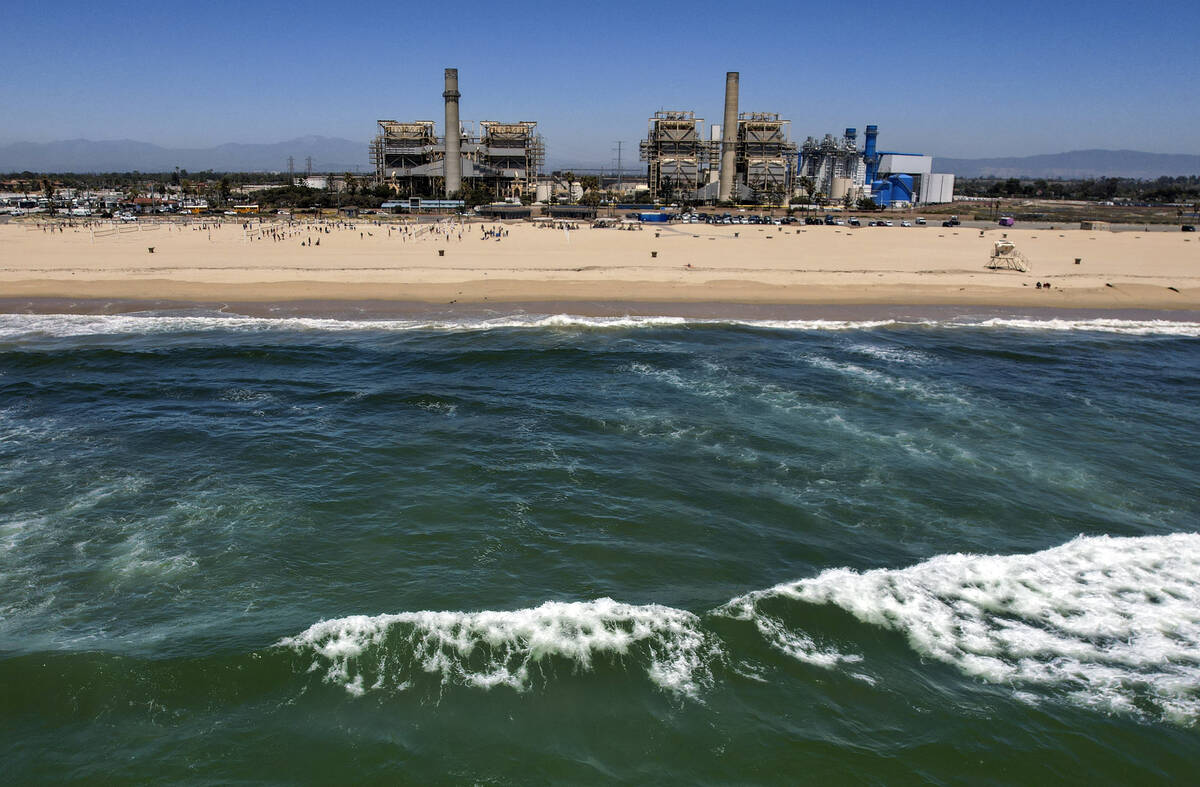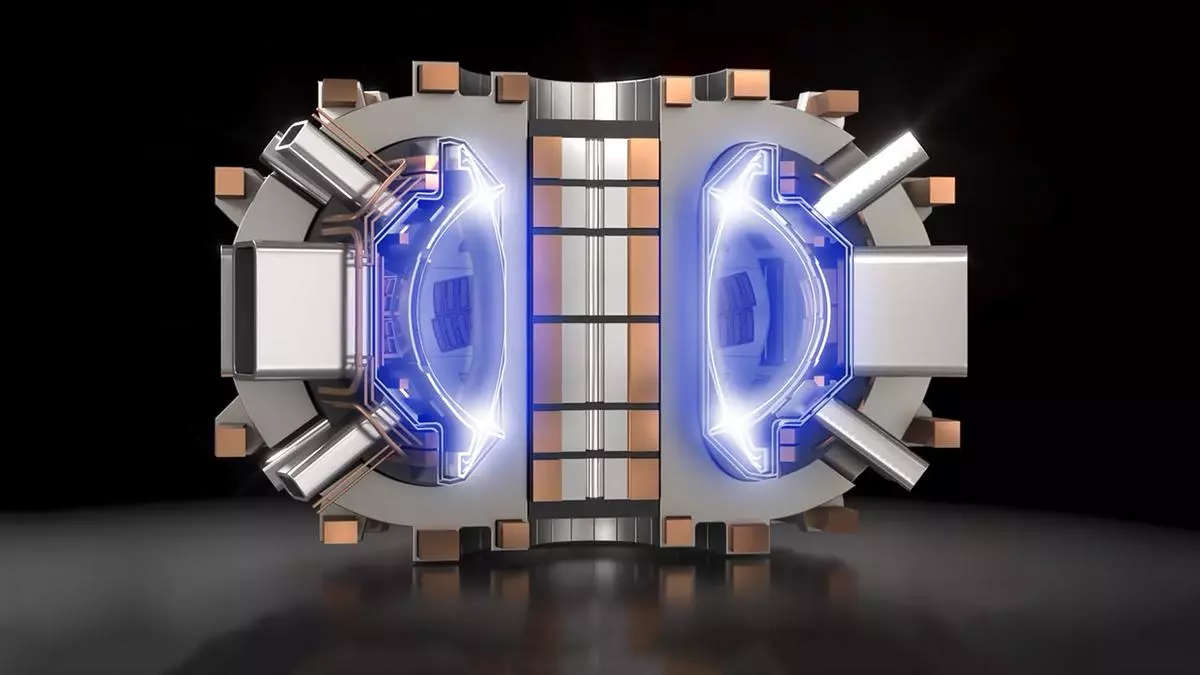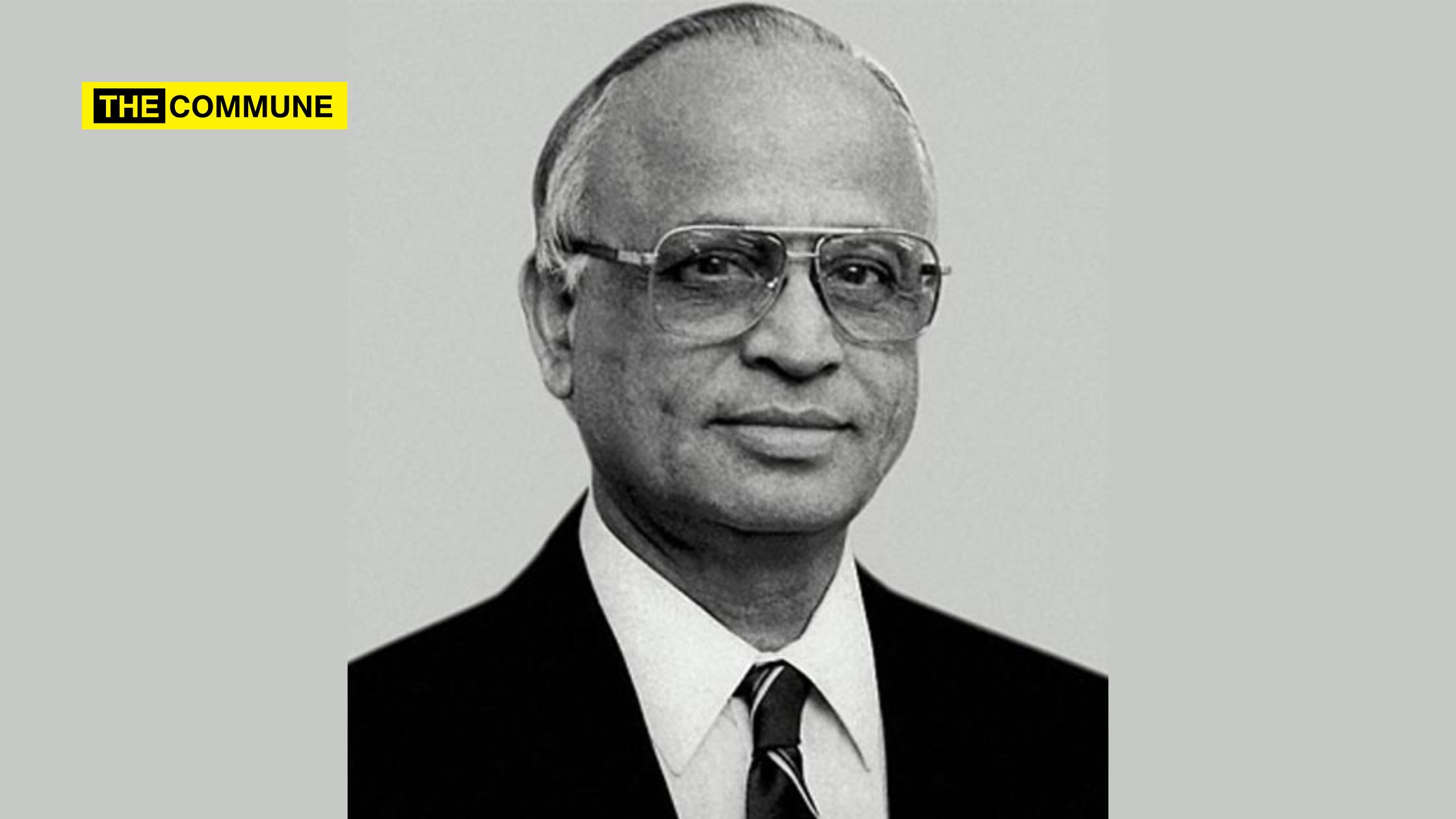New Year’s Eve events are scheduled throughout the Valley. Festivities are below. City of Wasilla .link-button { border-radius: 5px; border-color: #333; background-color: #C5D9E2; color:#333; width:50%; align:center; max-width: 175px; margin: 5px; } .button-text { font-family: ‘Open Sans’,Helvetica,Arial,sans-serif; color: #000000; font-size: 14px; line-height: 1.42857143; } Copy article link Source link
Read More »Yearly Archives: 2022
2022 – 2023: What’s Out and What’s In
As we look toward the new year with high hopes and a modicum of trepidation, it is perhaps altogether fitting and proper to look back on this past year and the emerging trends compelling us toward 2023. So we ask: What’s out and what’s in? Brace yourselves! Out: 31/M In: Showfields Out: Blues Alley is leaving for good! In: Blues Alley is here to stay! Out: Shop Made in DC on one side of M Street In: Shop Made in DC on other side of M St. Out: Zoom get togethers at home In: Going out for the Georgetown Garden Tour! The 2022 Georgetown Garden Tour highlighted fountains, pathways and pools. Photo by Jane North. Out: Planting sunflowers in one’s garden In: Planting sunflowers across… Source link
Read More »Is scientific salvation around the corner? | LETTER
Decades ago it was announced that cold fusion had been achieved. As it turned out, the process used in the lab could not be duplicated. If it does work, great. We would want to expand its use worldwide. But there is a serious environmental problem it would create. Smashing hydrogen atoms together creates helium. How will we dispose of all that helium safely? We can’t just release it into the atmosphere where it would become a climate change environmental pollutant. The potential negative consequences have to be considered. Another example of a salvation science that could save us is desalination. That could solve our potable water problems. But it creates a super salty brine byproduct that would harm the marine environment if dumped back into the ocean. Source link
Read More »Fusion energy may not be too far away
The ‘breakthrough’ announced by the US National Ignition Facility has focused the spotlight on nuclear fusion. NIF reported a net energy gain (more output than input), which is deduced to have come from two nuclei of hydrogen atoms fusing to form a helium nucleus. But this is a baby step; there is a lot of runway to cover before nuclear fusion takes off, experts say. But developments elsewhere seem to challenge this view. Headquartered in Cambridge, Massachusetts, USA, Commonwealth Fusion Systems (CFS) was set up in 2018 “on the basis of decades of MIT (Massachusetts Institute of Technology) fusion research”. It has raised $2 billion from the likes of Bill Gates, Google, Eni, Khosla Ventures, Soros Fund Management, and Temasek. In collaboration with MIT’s Plasma Science and… Source link
Read More »Negative consequences of cold fusion, desalination must be considered | LETTER
Decades ago it was announced that cold fusion had been achieved. As it turned out, the process used in the lab could not be duplicated. If it does work, great. We would want to expand its use worldwide. But there is a serious environmental problem it would create. Smashing hydrogen atoms together creates helium. How will we dispose of all that helium safely? We can’t just release it into the atmosphere where it would become a climate change environmental pollutant. The potential negative consequences have to be considered. Another example of a salvation science that could save us is desalination. That could solve our potable water problems. But it creates a super salty brine byproduct that would harm the marine environment if dumped back into the ocean. Source link
Read More »Negative consequences of cold fusion, desalination must be considered | LETTER
Decades ago it was announced that cold fusion had been achieved. As it turned out, the process used in the lab could not be duplicated. If it does work, great. We would want to expand its use worldwide. But there is a serious environmental problem it would create. Smashing hydrogen atoms together creates helium. How will we dispose of all that helium safely? We can’t just release it into the atmosphere where it would become a climate change environmental pollutant. The potential negative consequences have to be considered. Another example of a salvation science that could save us is desalination. That could solve our potable water problems. But it creates a super salty brine byproduct that would harm the marine environment if dumped back into the ocean. Source link
Read More »We are grateful to be a part of this community
Merry Christmas from The Eagle family to yours. We hope everyone is staying safe and warm on this holiday and is surrounded by the love of family and good friends. As we close out another year, we can’t say enough how grateful we are to live and work right here in Bryan-College Station. We can think of no place we’d rather be. Simply put, this is a marvelous community, full of active, dedicated, caring people. We take care of our families and, when necessary, we take care of our friends and neighbors in their time of need. It doesn’t matter if it is weather damage, fire destruction or medical calamity, we don’t let those affected walk alone. Whether it be donating money to a special fund to providing clothing and other necessities after a disaster to sending food… Source link
Read More »‘An incredible year of learning’: Executive Director Rudyard Griffiths on the state of The Hub heading into 2023
This episode of Hub Dialogues features host Sean Speer in conversation with The Hub’s executive director, Rudyard Griffiths, about the experience of launching The Hub over the past two years, including how we’re doing, what we’ve learned, and what to expect in 2023. You can listen to this episode of Hub Dialogues on Acast, Amazon, Apple, Google, Spotify, or YouTube. The episodes are generously supported by The Ira Gluskin And Maxine Granovsky Gluskin Charitable Foundation. SEAN SPEER: Welcome to Hub Dialogues. I’m your host, Sean Speer, editor-at-large at The Hub. I’m honoured to be joined today by Rudyard Griffiths, The Hub’s executive director. I thought it would be a good idea to wrap up 2022 with a conversation about The Hub at 20 months, including how we’re doing,… Source link
Read More »PK Iyengar: The Forgotten Atomic Scientist
Amongst our Indian scientists who continuously endeavour on placing Bharat in the forefront of using atomic energy for peace time employment and defence time deployment, Dr.P K Iyengar (Padmanabhan Krishnagopala Iyengar) occupies a pride of place. His remembernce day falls on 21st December. Born in 1931 in Tirunelveli, Tamil Nadu, Dr. PK Iyengar joined the Department of Atomic Energy in his 21st year as a young research scientist. In his career spanning nearly 60 years, he excelled not just in pure research but also in its large scale usage. In the sixties he turned to the design of India’s first plutonium fast-reactor, PURNIMA, and commissioned it in 1972. In 1974 he conducted the Peaceful Nuclear Explosion code named “Smiling Budhdha” at Pokharan. For these successful… Source link
Read More »The Naysayers are Wrong. Fusion Will Change the World.
A government laboratory, after decades of tireless effort and many a disappointment, announces that it has achieved the holy grail of green energy—nuclear fusion ignition! And the response has been . . . a damp squib. A reporter at the Guardian sniffed that what happened at Lawrence Livermore National Laboratory was a “milestone event but not a major one.” Yes, he agrees, “nuclear fusion would have a beneficial impact on our planet by liberating vast amounts of energy without generating high levels of carbon emissions and would be an undoubted boost in the battle against climate change.” So why not cheer? Apparently because failures and hoaxers have claimed breakthroughs in the past that didn’t pan out. Sir John Cockcroft claimed in 1958 that he had achieved success with… Source link
Read More »






